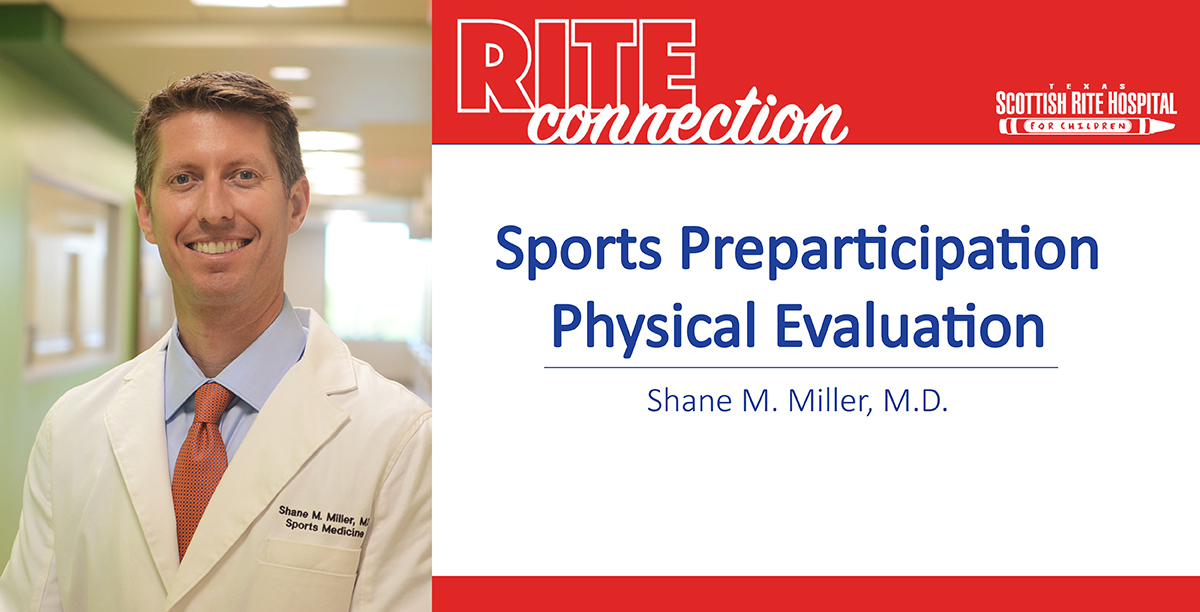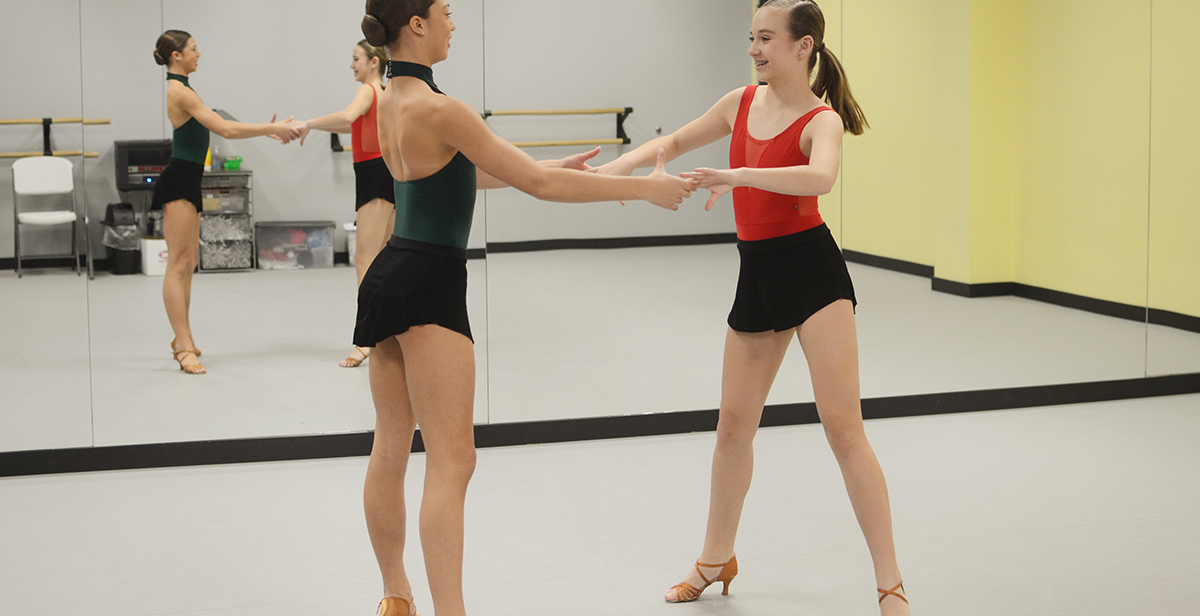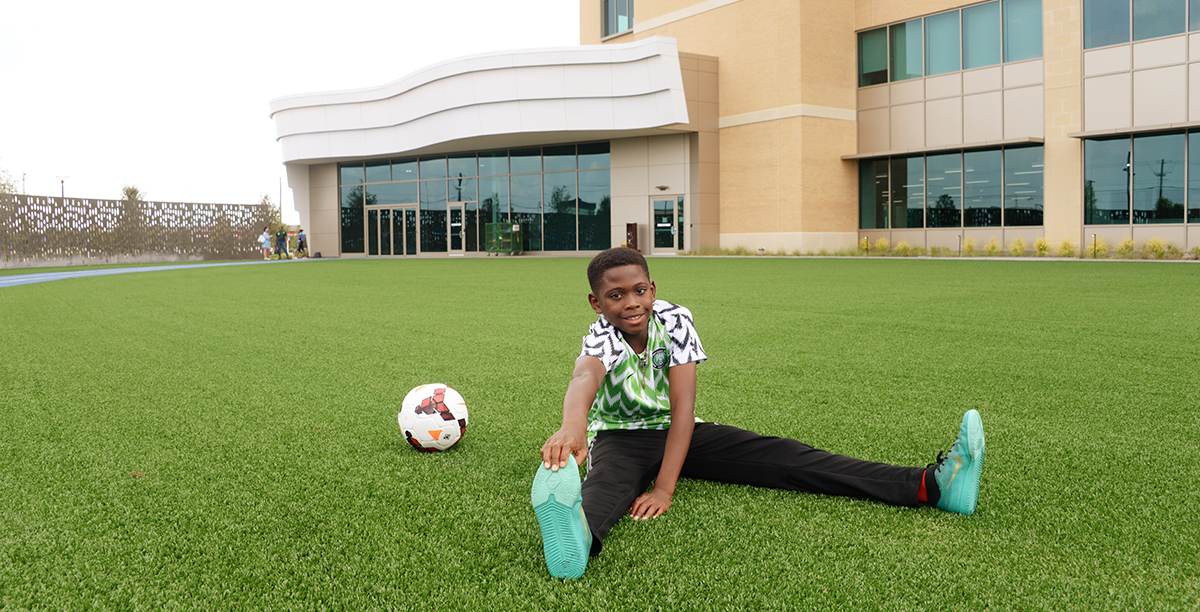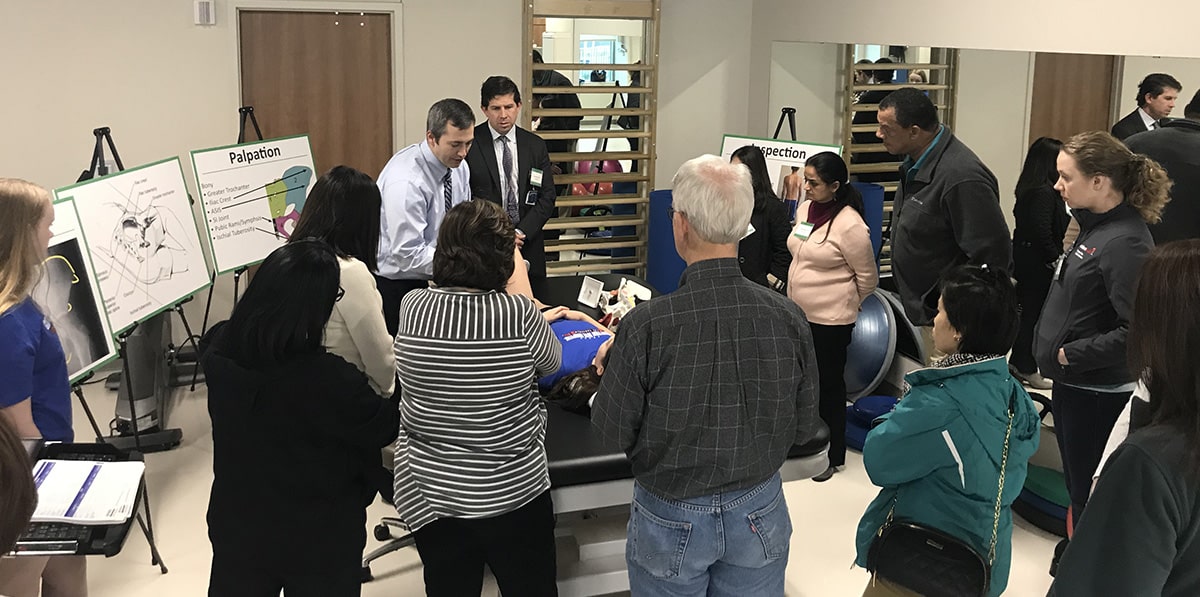Overview of presentation from a Coffee, Kids and Sports Medicine lecture. Print the PDF Every year, almost 60 million children and adolescents run onto their respective fields, courts and rinks to participate in organized sports in the United States. To ensure the...






